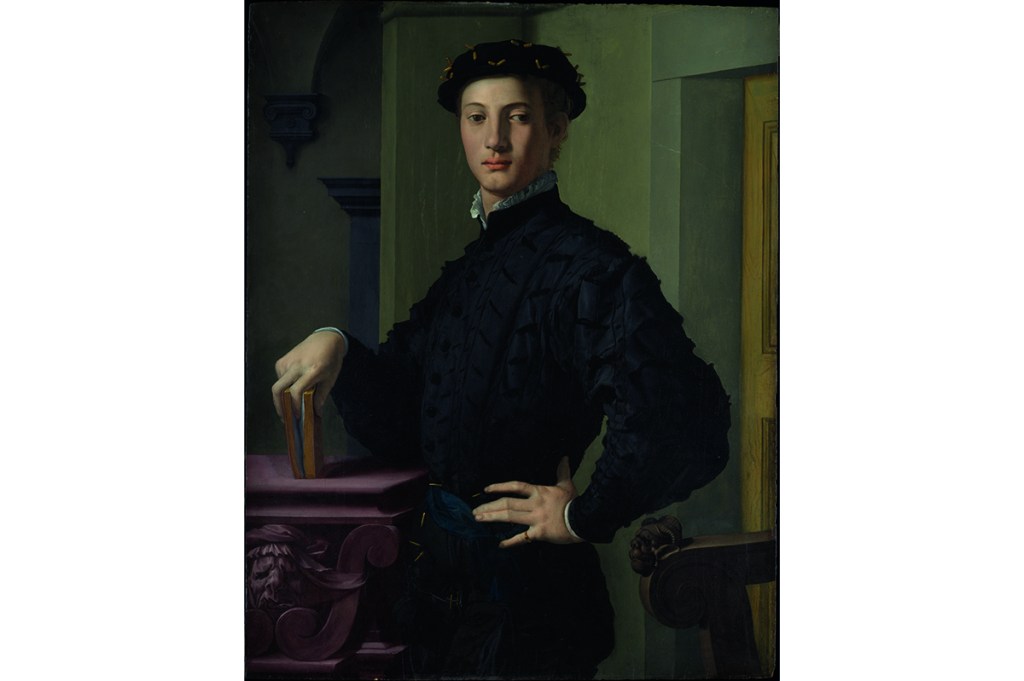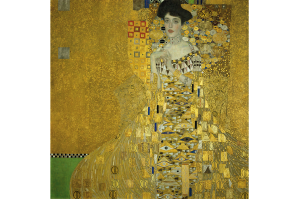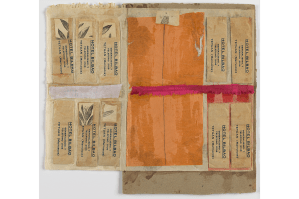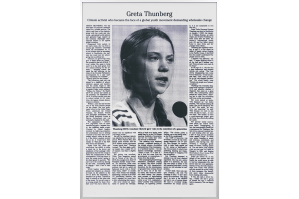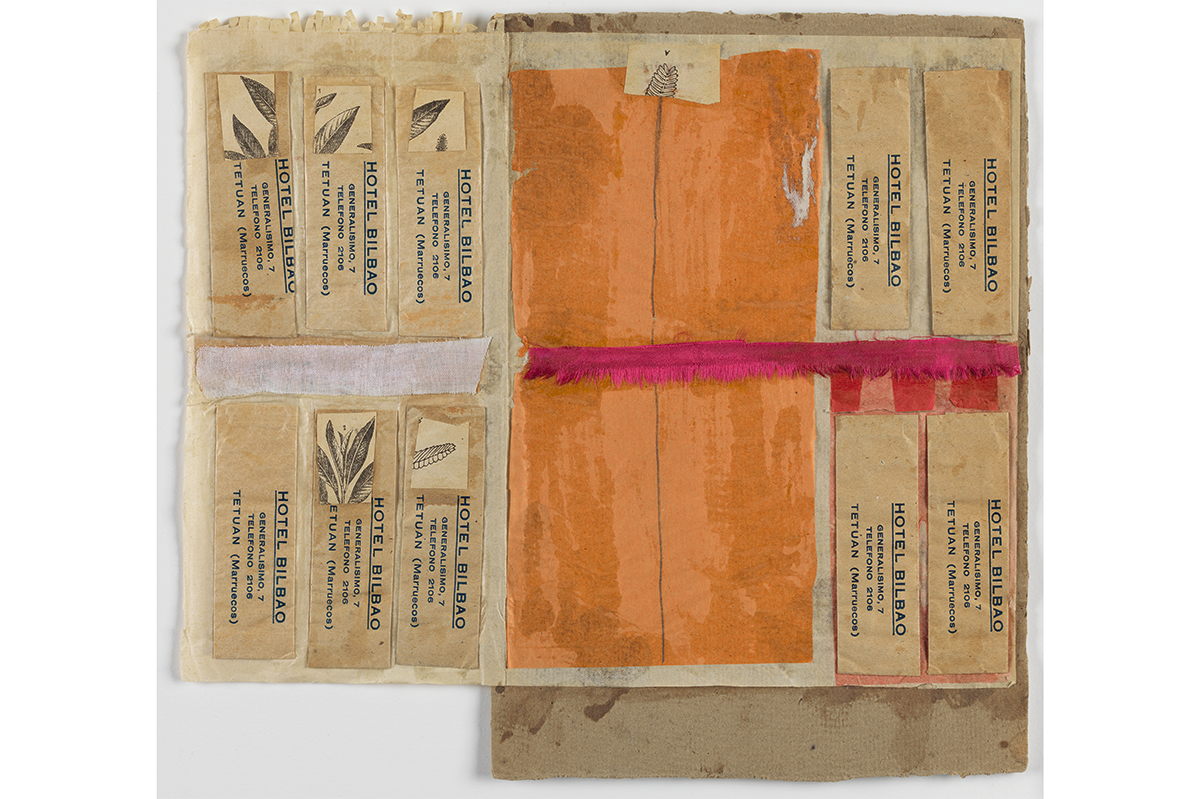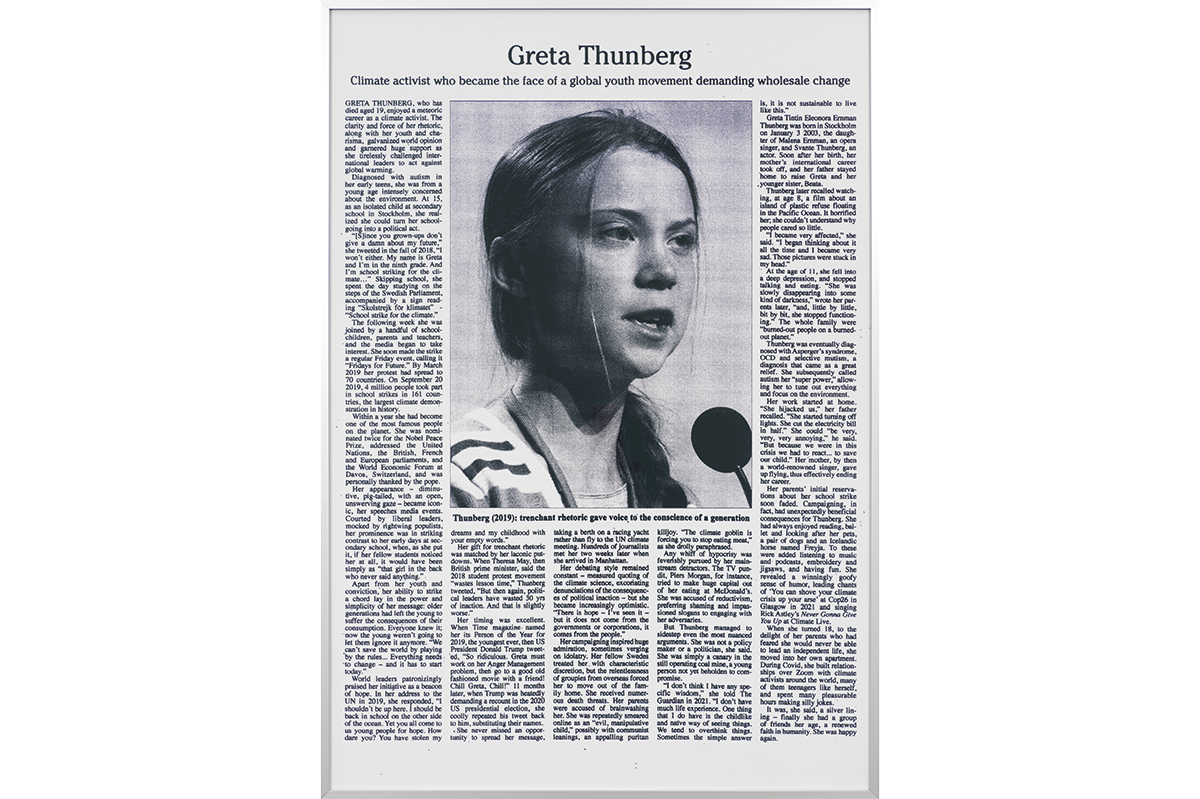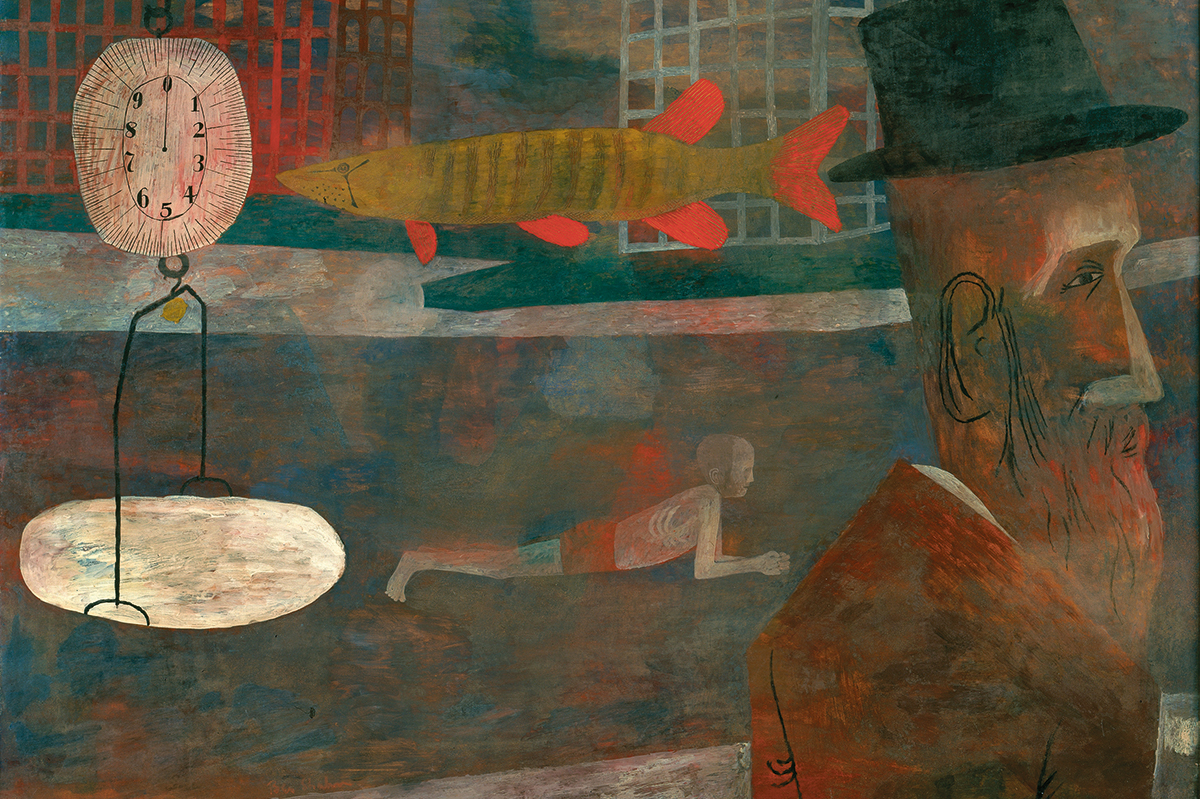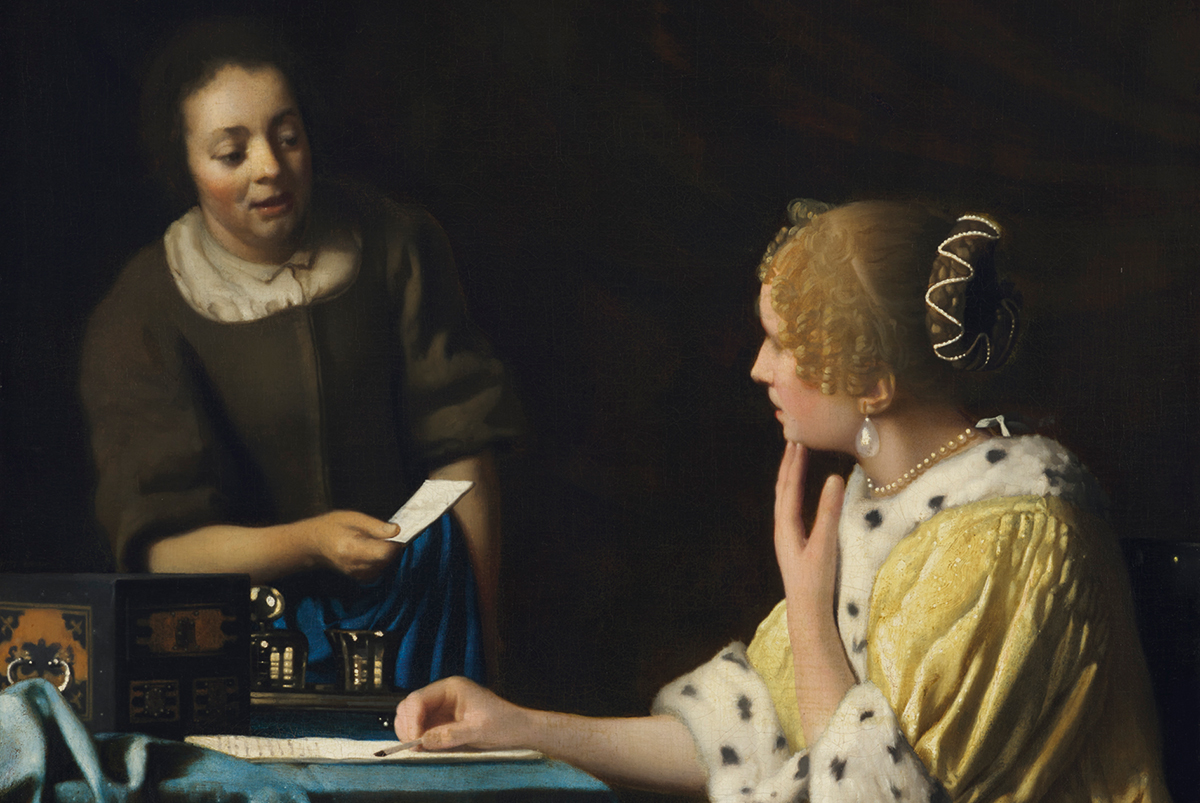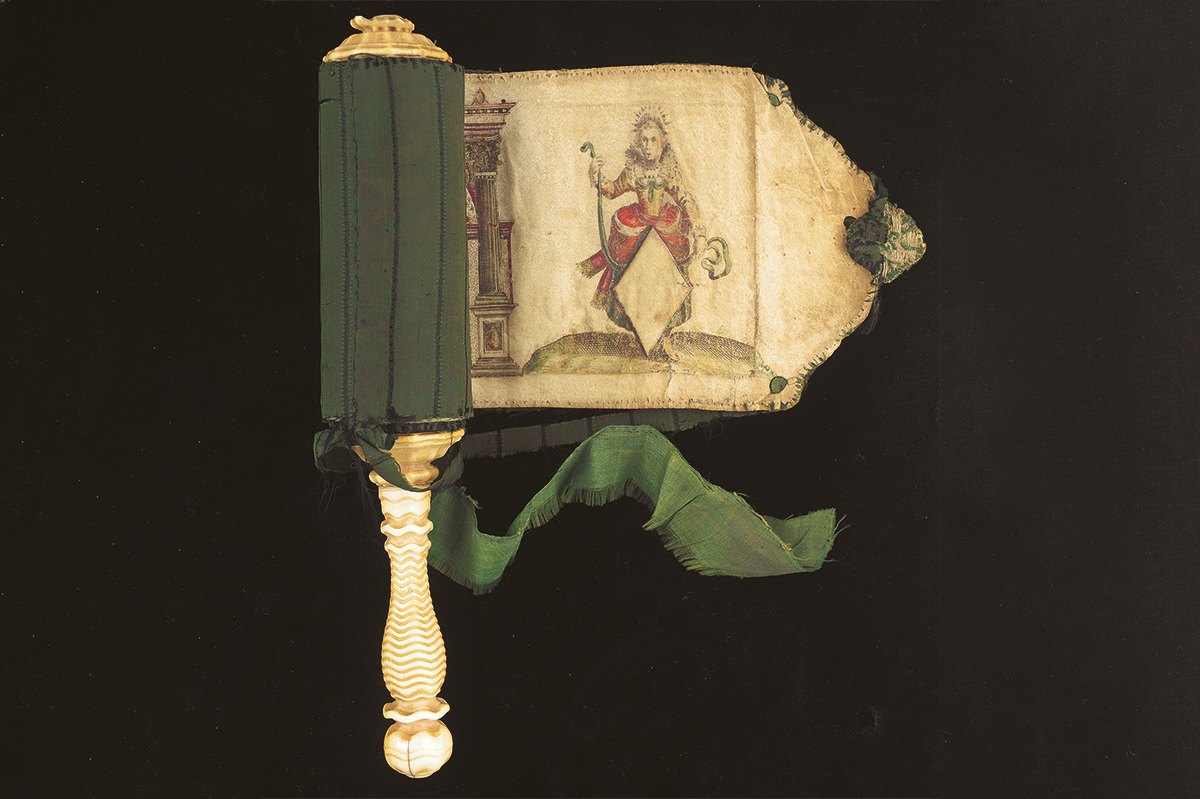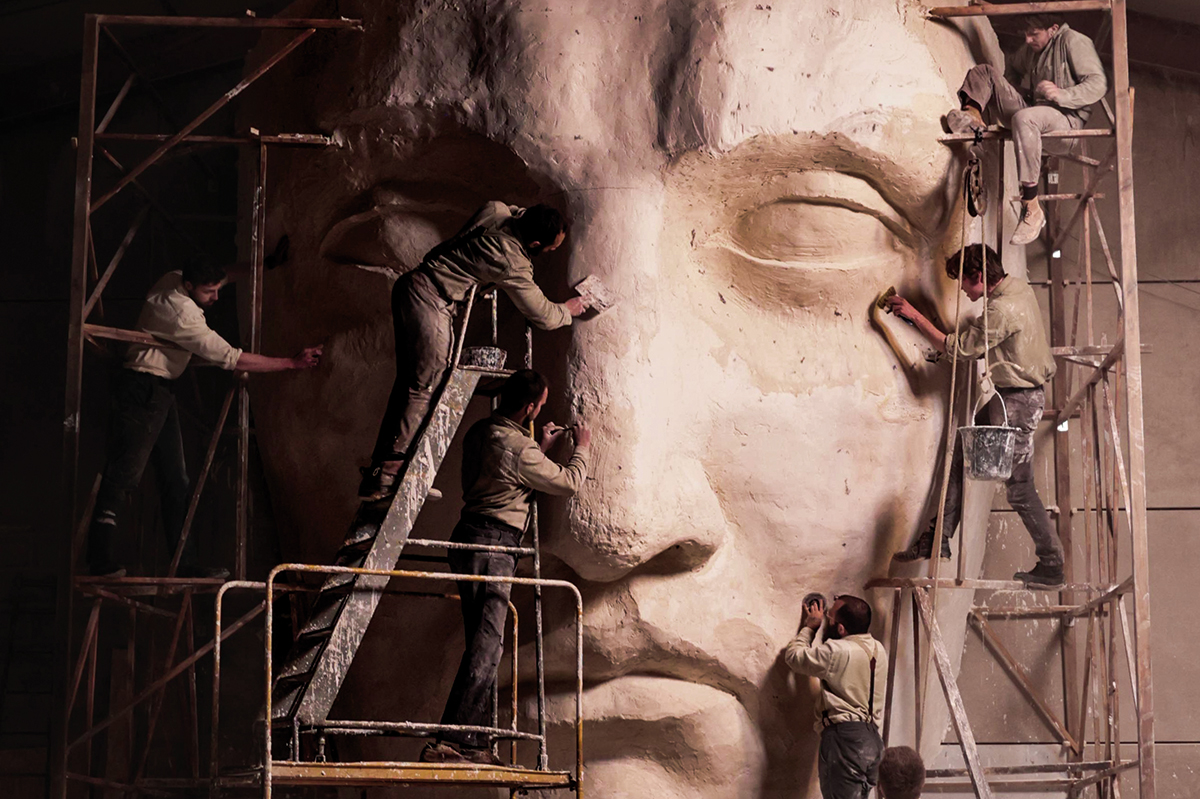Someone turned up the lights on portraiture in 16th-century Florence. Lyrical poetry went hard rock. Colors became high key. Posers now scowled at the oil-on-canvas flashbulbs, giving attitude, hands on hips, codpieces a-thrusting. Not that they even cared about looking as good as they do. Sure, they got dressed for the occasion, but notice the sprezzatura, the indifference in their eyes to the whole affair.
That was the maniera moderna, the new mannerism in art, and no one captured it better than Agnolo Bronzino. Whether it’s the ‘Portrait of a Young Man with a Book’ (mid-1530s), his haughty painting in the collection of the Metropolitan Museum of Art, or ‘Lodovico Capponi’ (1550-55), his side-eye romancer at the Frick Collection, these figures are boys interrupted. One has a finger in his book. The other fingers a medallion of a woman as he looks up, in adolescent annoyance, from the Snapchat of the day.
In The Renaissance in Italy (1875-86), John Addington Symonds called such faces ‘hard and cold as steel’. Somerset Maugham said Bronzino’s paintings showed a ‘supreme and disdainful indifference to the passion of others’. In the Florence of the Medici, this was just the point. The boys were back in town.
Bad politics often make good art. That’s especially true when the art is tasked with making sense of political senselessness, such as the fraught alliances of cinquecento Florence. Intrigues, assassinations, depositions, shifting enemies, family feuds, pandemic plagues and big money: 16th-century Florence had it all. The wonder and power of Florentine art came out of the scramble to clarify a present that was anything but clear. In Florence and beyond, there were Reformations and counter-Reformations. There was holy Rome and the Holy Roman Empire. Henry VIII wanted his annulment. Meanwhile the second of two successive Medici popes, Clement VII, had to take refuge in Castel Sant’Angelo after the mutinous troops of Charles V sacked Rome in 1527. That period around the League of Cognac and the Diet of Worms must have been hard to swallow. Even the Pope couldn’t figure it out.
Art worked on the front lines to give form to the new formulations. You had to see it to believe it. It helps when you have some of the greatest artists of the period, and arguably any period, available for hire. It also helps when you have florins to burn and the keys to the most famous bank in history. Medici money could not always buy Florentine love. But Medici millions went far in buying Florence’s greatest artists and establishing the look and feel of the Medici’s dynastic power as the family returned to the city as ducal rulers.
A major loan exhibition opening in June at New York’s Metropolitan Museum of Art looks to make sense of this artistic sense- making. The Medici: Portraits and Politics, 1512–1570 brings together over 90 works by artists from Raphael, Jacopo Pontormo and Rosso Fiorentino to Benvenuto Cellini, Francesco Salviati and Bronzino. Such an exhibition at any time would be an achievement. To organize one now amid continuing pandemic closures is a triumph. At a moment when much of the Met’s staff cannot even return to work in person and must face the world remotely, these challenges must be near insurmountable. Fortunately, considering many of these paintings originally came out of a period of bubonic plague, a little coronavirus should be nothing for these portraits to shake. Art cannot live by Zoom alone, even if many of our museum executives still do.
The Medici: Portraits and Politics follows up on the Met’s 2011 exhibition The Renaissance Portrait: From Donatello to Bellini. It also serves as a final tribute to Keith Christiansen, the John Pope-Hennessy chairman of the Met’s Department of European Paintings. The great curator is retiring after over 40 years at the Met, and after facing a not insignificant amount of hardship following statements he made during the riots of summer 2020.
Christiansen first conceived of this show in better times, as a small conversation between a portrait of Carlo Rimbotti from 1548, acquired by the Met in 2017, and the Met’s ‘Portrait of a Young Man with a Book’. As the scope of the exhibition grew to its current size, Christiansen brought in Carlo Falciani, a professor at the Accademia di Belle Arti in Florence, as guest curator. Falciani contributes many of the words to the exhibition’s weighty and not altogether sprightly catalogue.
The 1500s saw Florence devastated and divided, switching back and forth between republican rule and Medici leadership. The city’s most powerful banking family was sent packing more than once. After the death of Lorenzo the Magnificent in 1492, France invaded Italy, the Medici lost standing in Florence under Lorenzo’s son Piero the Unfortunate and the family went into exile for the first time. In 1497, the Dominican friar Girolamo Savonarola ignited the ‘bonfire of the vanities’. In a conflagration in Florence’s Piazza della Signoria art, books and musical instruments were burned in a censorious conclusion to the high life of the quattrocento.
Yet those Medici good times were not only a memory. The family, the money and the art would all eventually return to what should have always been a Medici town — and if you had any doubts, the art is there to prove it. Under its republican ruler, Piero Soderini, Florence continued with the austere aesthetics of Savonarola through the first decade of the 1500s, but it was about to get a shot of color and light.
The Medici’s exile lasted until 1512, when the family returned to Florence under Lorenzo’s second son, Cardinal Giovanni de’ Medici, who in 1513 became Pope Leo X. The Medici set about reestablishing dominion over Florence’s other oligarchic families through a renewed cultural campaign that sought to promote the words and look of Florence to Italy and beyond. Florence, after all, was the birthplace of Dante, Boccaccio and Petrarch along with Giotto and Brunelleschi. The native son Michelangelo received Medici honors in death, even though he had had little to do with the family in life.
After an anti-Medici faction again took control of Florence in 1527, the family returned in 1530, this time as a ducal dynasty for keeps. Alessandro de’ Medici clocked in as the first Duke of Florence until his assassination by a distant cousin, Lorenzaccio (‘bad Lorenzo’), in 1537. Then young Cosimo I stepped in to consolidate Medici power in a reign that continued over three decades.
For our Instagram age, the Medici’s portraits of power seem right up to date. Details are filtered, tweaked up, smoothed over and glamorized. Bringing his more Roman style to the canvas, Salviati left some crumbs of naturalistic imperfections. His remarkable ‘Portrait of a Young Man with a Dog’ (c. 1543-45), from a private collection, could have been painted yesterday. Bronzino, Pontormo’s favorite student, meanwhile licked his plate clean. His stunning ‘Young Woman and Her Little Boy’ (c. 1540-45), on loan from Washington’s National Gallery, looks like it was painted tomorrow.
The Italian art historian Giulio Carlo Argan called Mannerism ‘nothing less than the passage of art from a sphere of theology and knowledge to that of existence’. The sitters here are indifferent because they are of the moment, at once both realized and idealized. Those dynastic upstarts who manage to succeed in history often have a successful artistic program at their back. Look to the Rome of Augustus, when portraiture dispatched with the republican veneration of old age for a new smoothed out idealism of imperial youth. Or consider art under Napoleon, when the School of Paris found a new employer to pay wages and benefits after its artists ran up student debts in the Revolution.
Cosimo I was likewise an ‘authoritarian duke’, writes Christiansen in his catalogue introduction. He managed, despite his youth, to ‘upstage the old oligarchic families that had mistakenly thought they could manipulate to their advantage’ a 17-year-old who had been imposed upon them by Emperor Charles V. Here was a ruler who ‘realized the ways in which he could employ the arts — literary as well as figurative and architectural — to promote his court and elevate the cultural hegemony of Florence in Italy and beyond’. Artists under Cosimo mixed traditions old and new to create the look of the now. As in the art of Bronzino, it’s all there to see, lights on high, so you can’t miss a thing.
The Medici: Portraits and Politics, 1512-1570 can be seen at the Metropolitan Museum, New York City from June 26. The catalogue is edited by Keith Christiansen and Carlo Falciani (Yale University Press, $65). This article was originally published in The Spectator’s June 2021 World edition.



